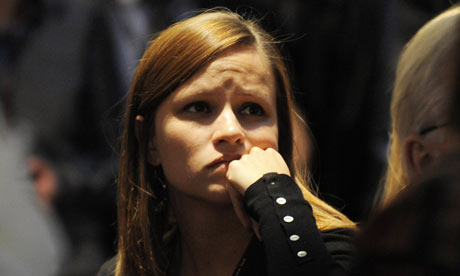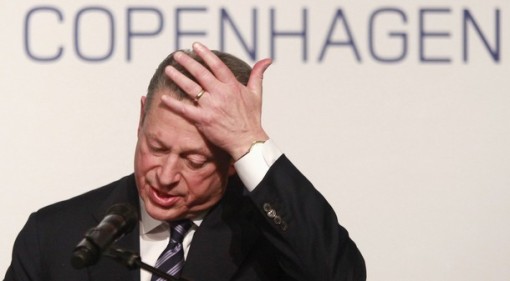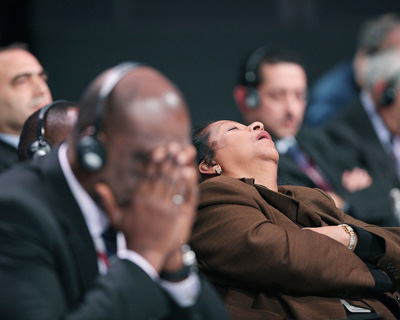193 of the world’s powerful and weak, big and small countries’ presidents showed up for the Copenhagen conference 2009 on Global warming. Their countries spent two weeks struggling unsuccessfully to bridge the gulf between the rich and the poor nations over who pays to fix the eminently fixable problem of global warming. They wanted a treaty that would hold the warming to a safe level (Although they could not agree on what that level was)
For two centuries, the countries that are now “Developed” got rich by burning fossil fuels. In the process they filled the atmosphere with their greenhouse gas emissions, to the point where it now has little remaining capacity to absorb carbon dioxide without tipping us into disastrous heating.
This means that the rapidly developing countries like China, India and Brazil will push the whole world into runaway warming if they follow the same historical path in growing their economies. Since they are relatively poor, however, they have been investing mainly in fossil fuels, just as the West did when it was struggling to industrialize. A wide variety of alternatives is now available, but only at a higher price.
So how do we deal with this Global Warming issue? The developed countries must cut their emissions deeply and fast, and give the developing countries enough money to cover the extra cost of growing their economies with the clean sources of energy that they must use instead of fossil fuels.
Why was no deal possible in the conference? Because public opinion in the developed countries is still in denial about the fact that the final climate deal must be asymmetrical. Thats why Barack Obama couldn’t promise to cut American emissions to 20 or 25 percent below 1990 levels by 2020, as most other industrial countries were offering to do. Instead, he could only offer a paltry four percent- and he couldn’t even guarantee that.




October 31, 2014 at 12:30 pm
Good post
myhealthtips-4u